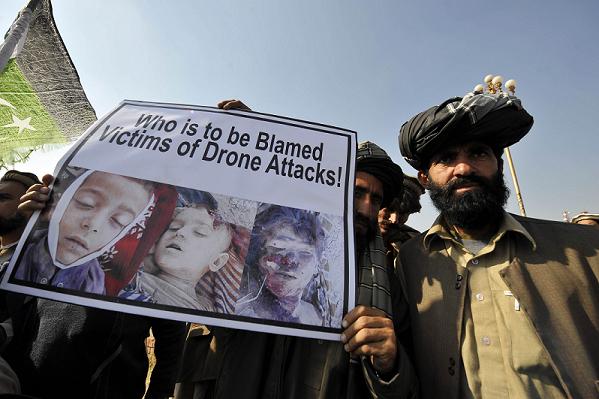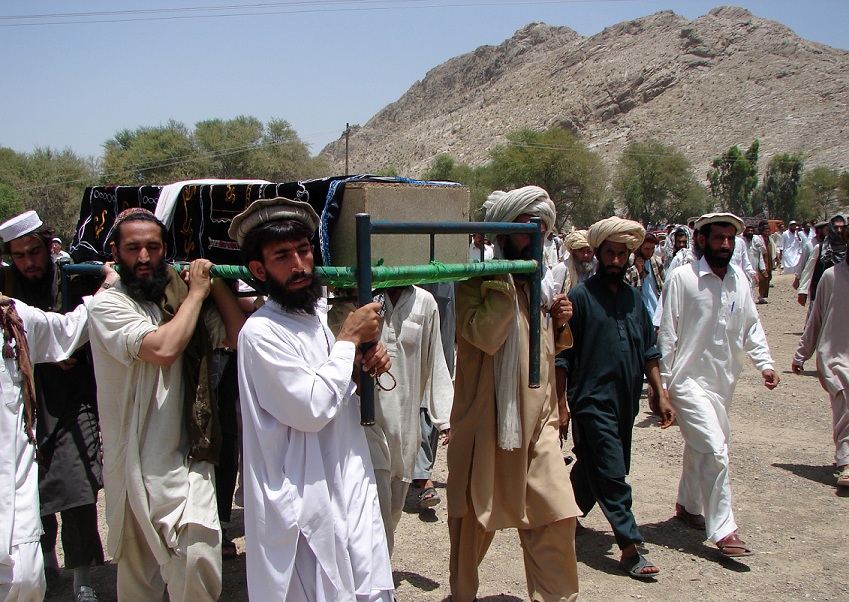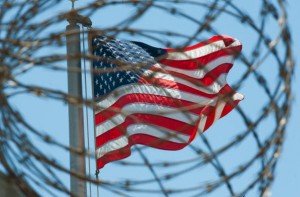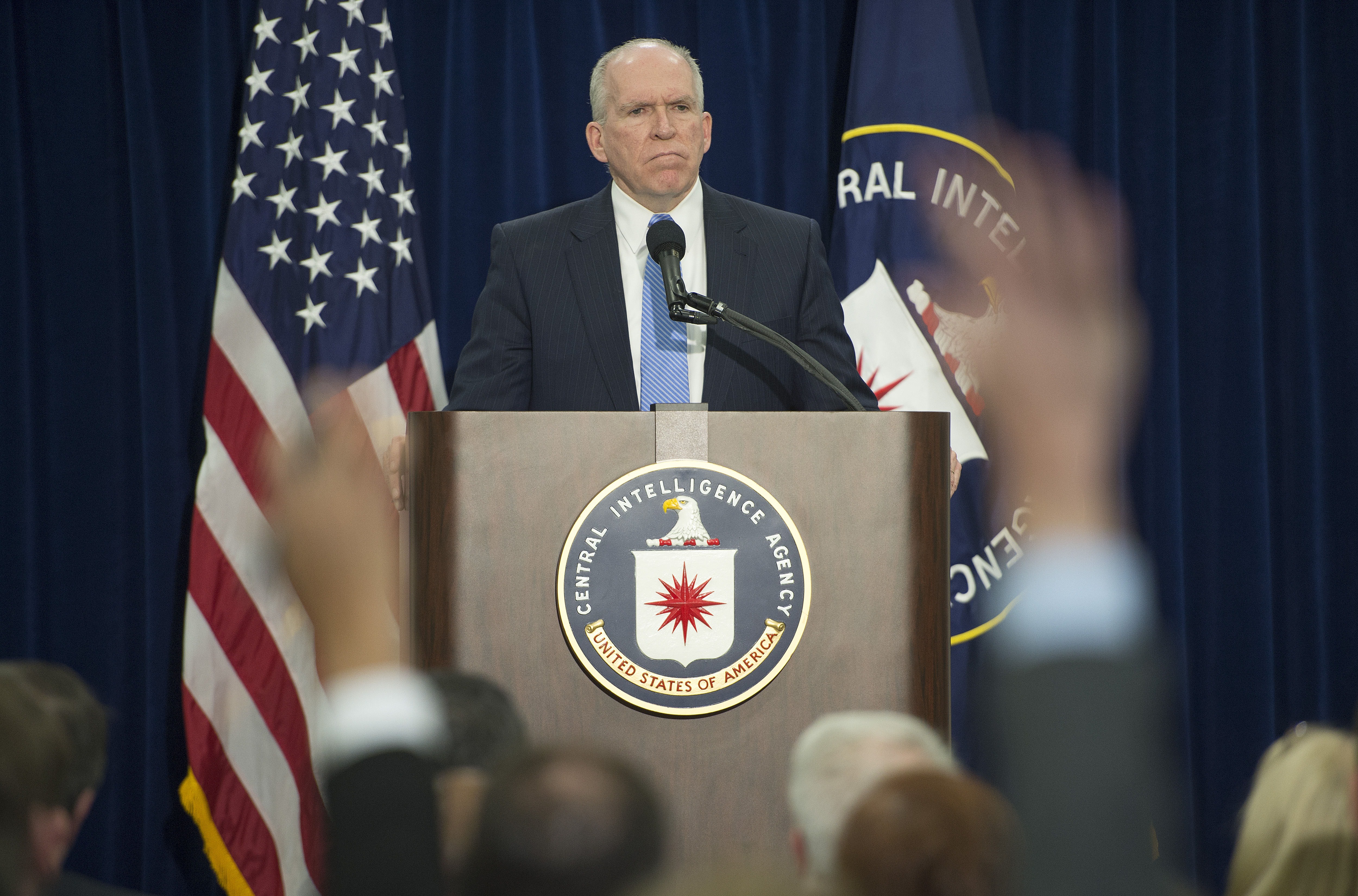
Director of Central Intelligence Agency John Brennan, December 11, 2014. (JIM WATSON/AFP/Getty Images)
By Naureen Shah, Amnesty International USA Director of Security with Human Rights
Today John Brennan, director of the CIA, gave a live press conference responding to the Senate’s landmark report on the CIA torture and secret detention program. He acknowledged “mistakes.” He said that the program was “flawed.” He said that the CIA had now improved “management” and “planning.”
But words like these do not reflect the full gravity of torture and enforced disappearances. They downgrade this program of systematic human rights violations to a series of unforeseen complications. They make torture seem like a bad choice – instead of the crime that it is.
Here’s what Brennan should have said, without qualification: SEE THE REST OF THIS POST
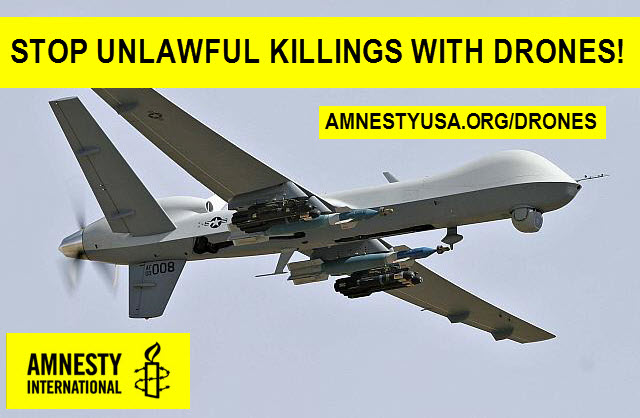 On Thursday, February 7th
On Thursday, February 7th
